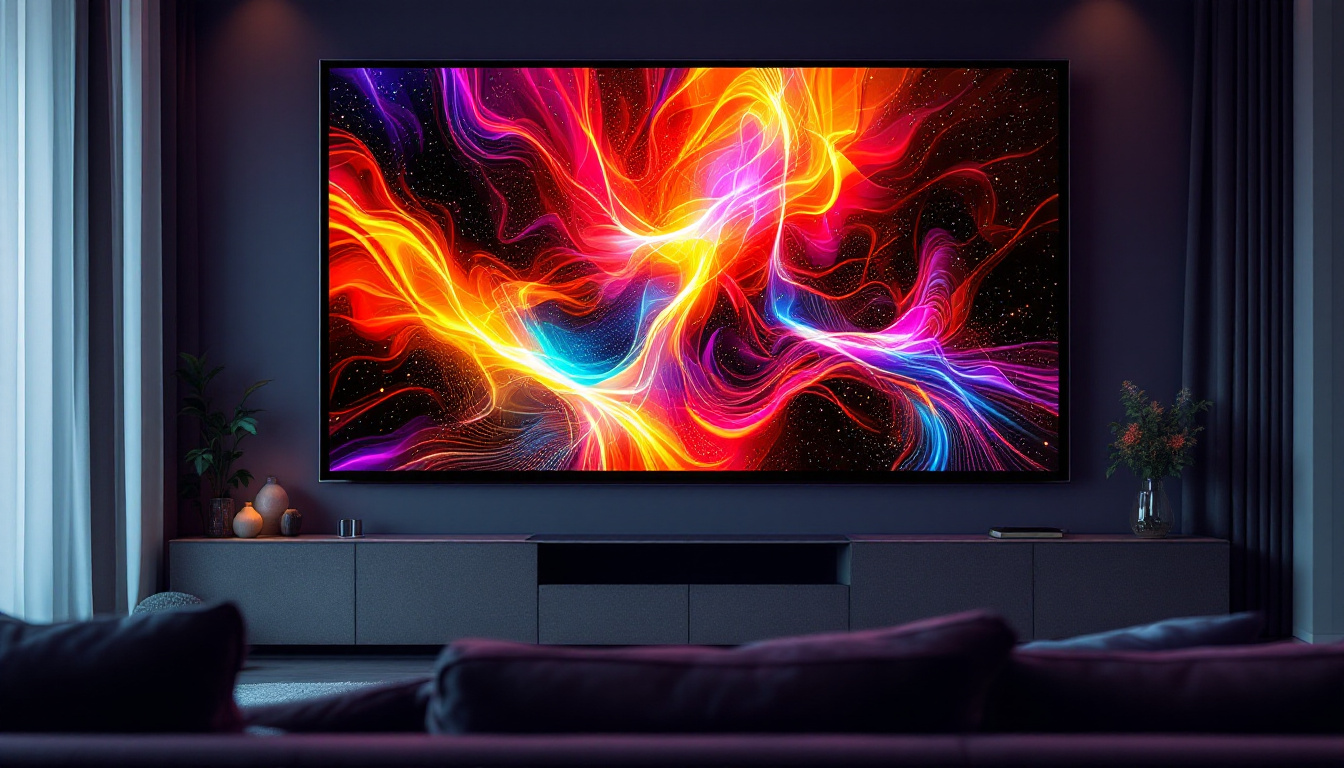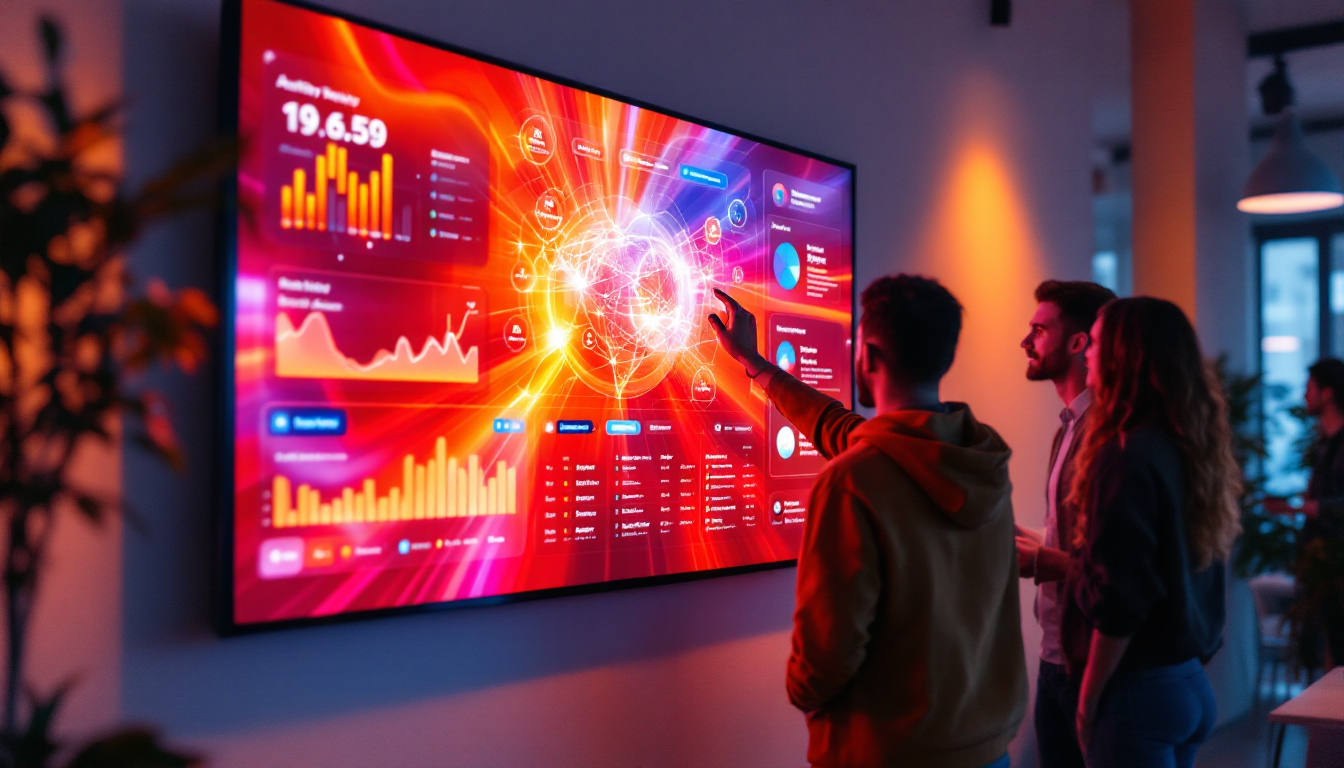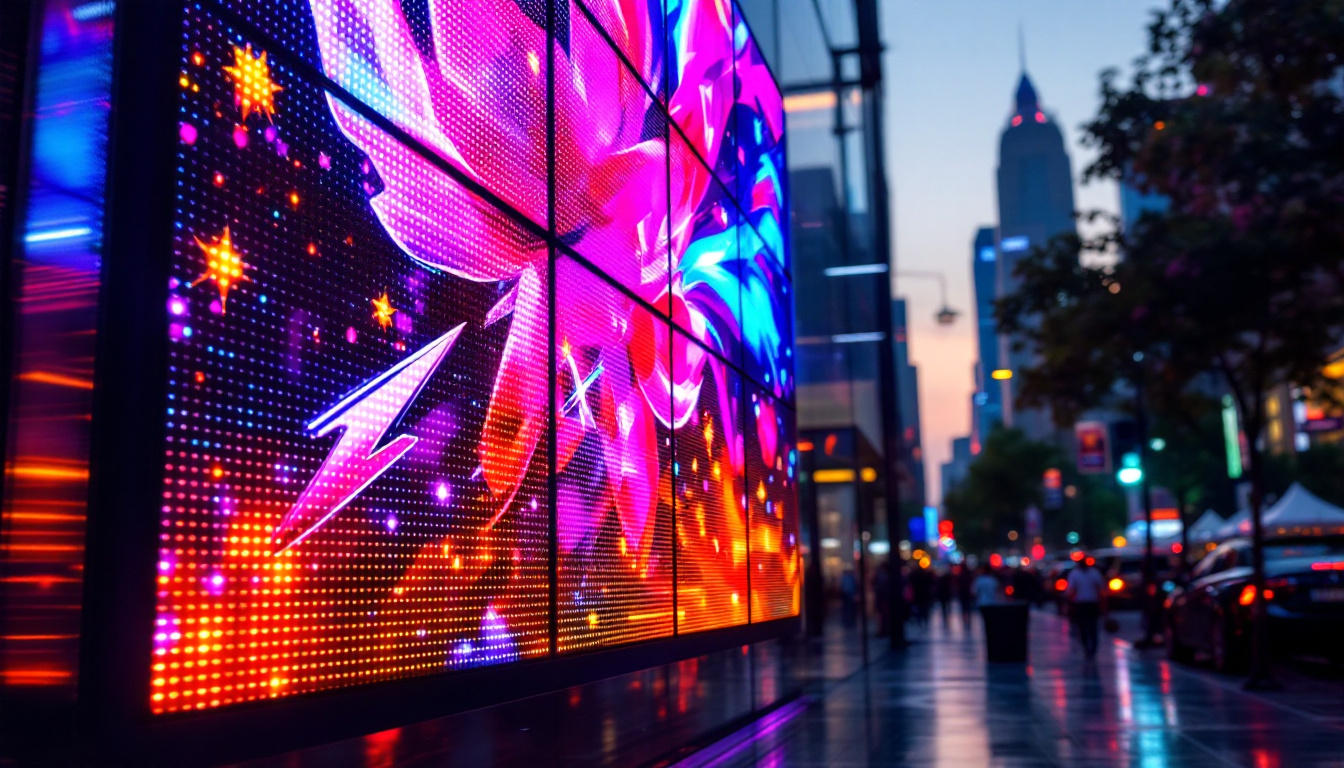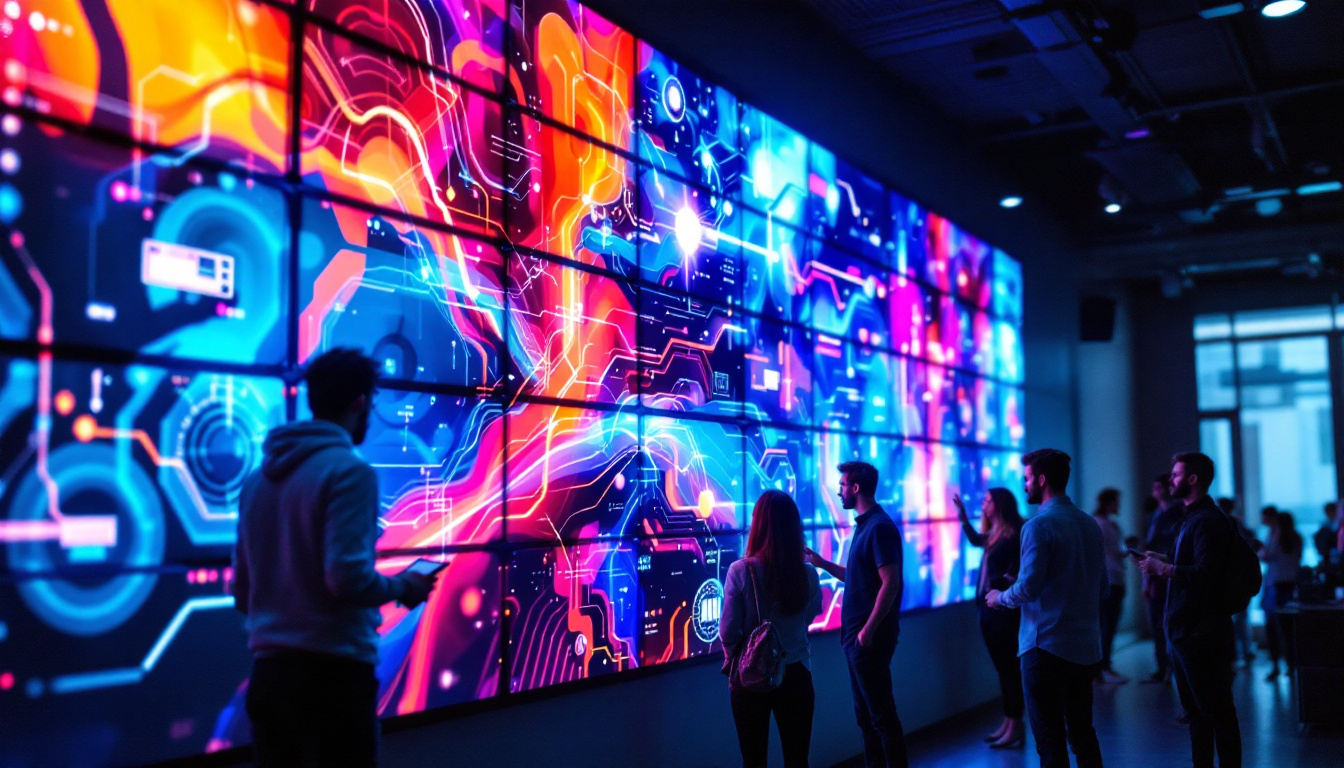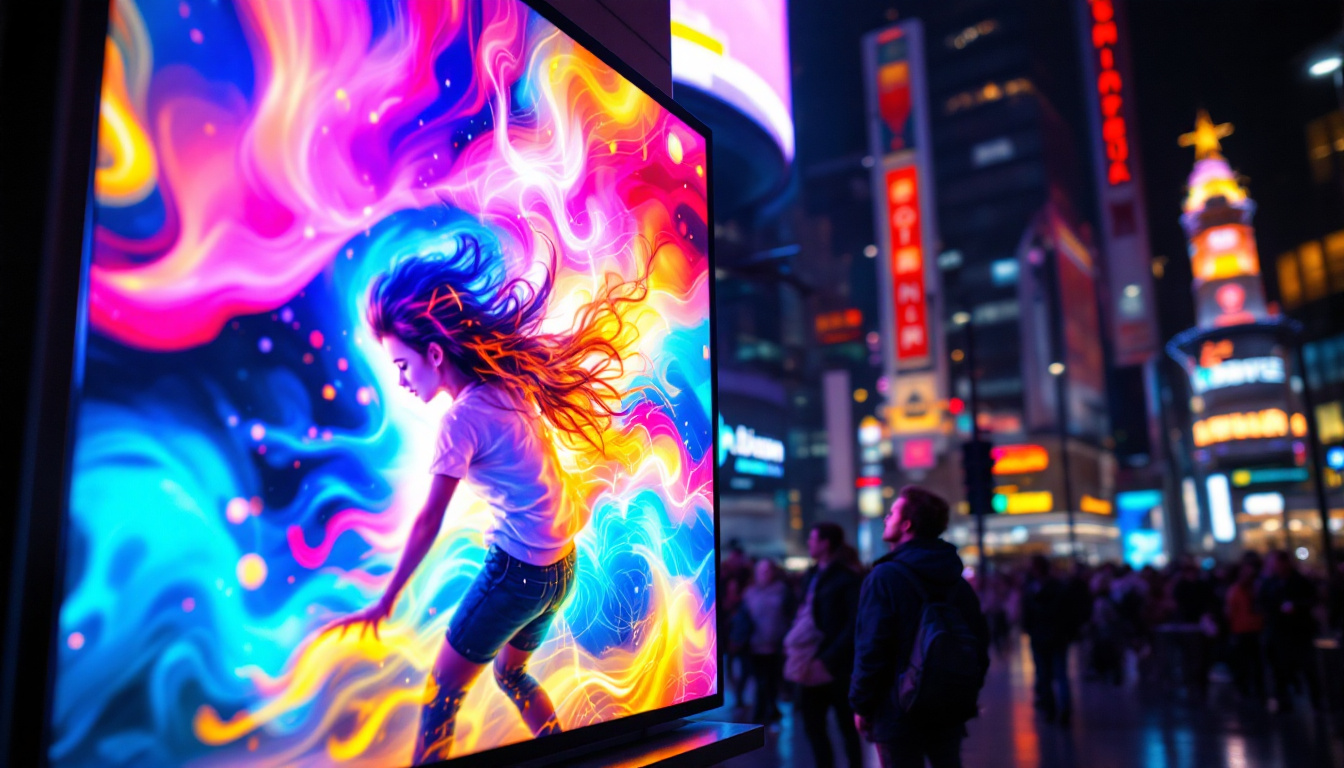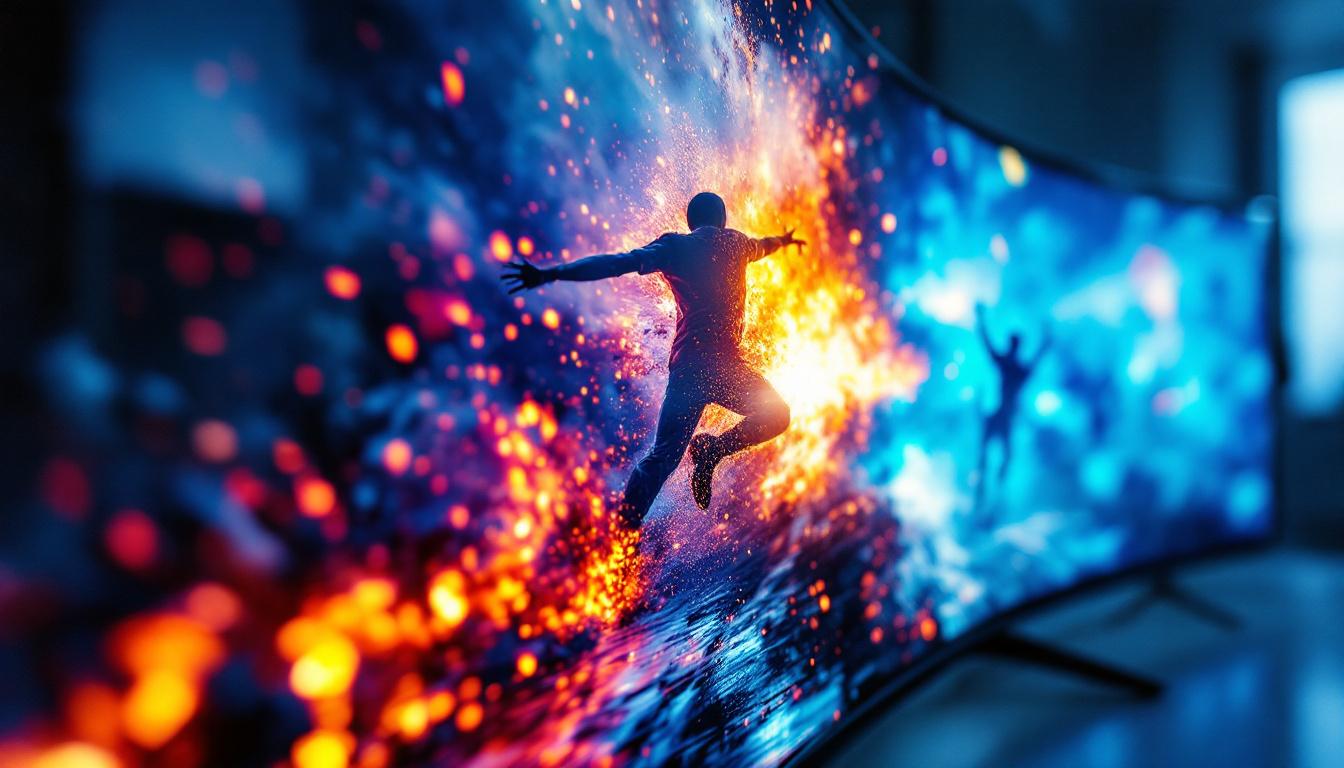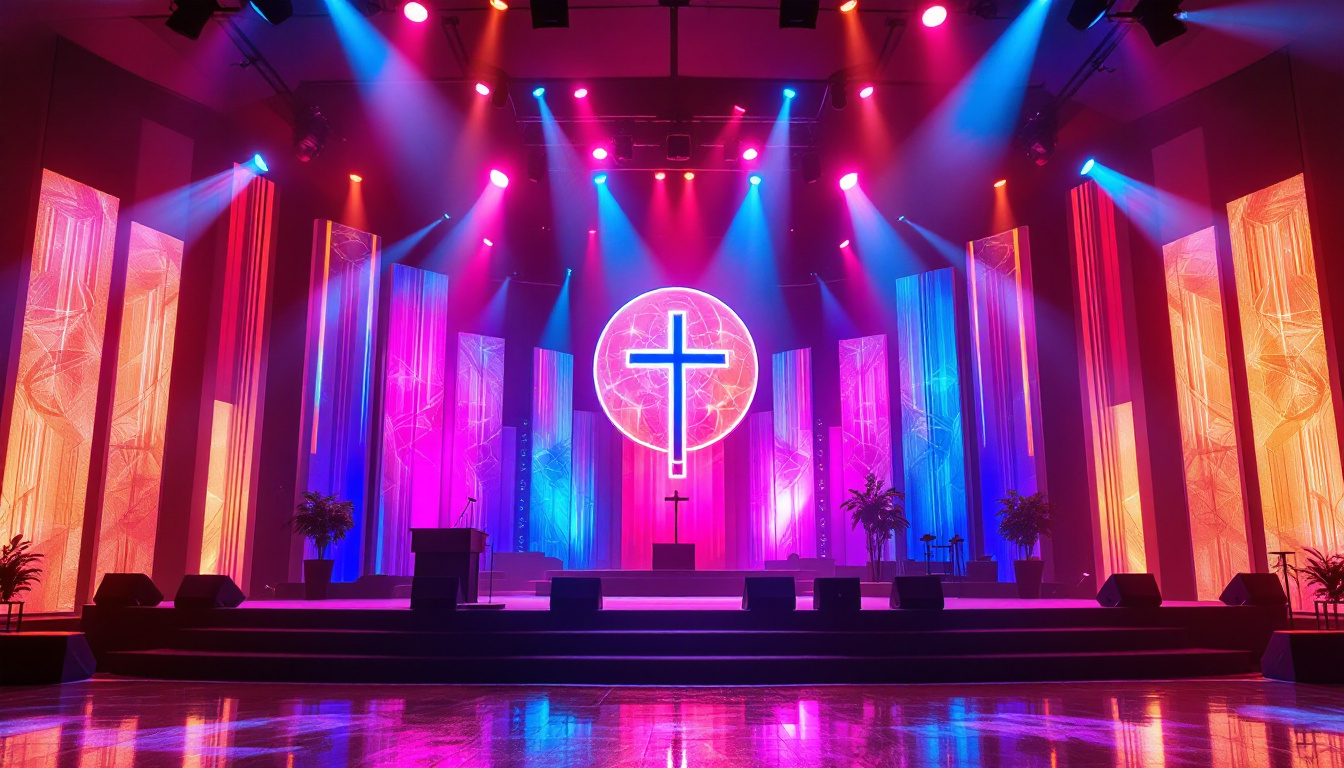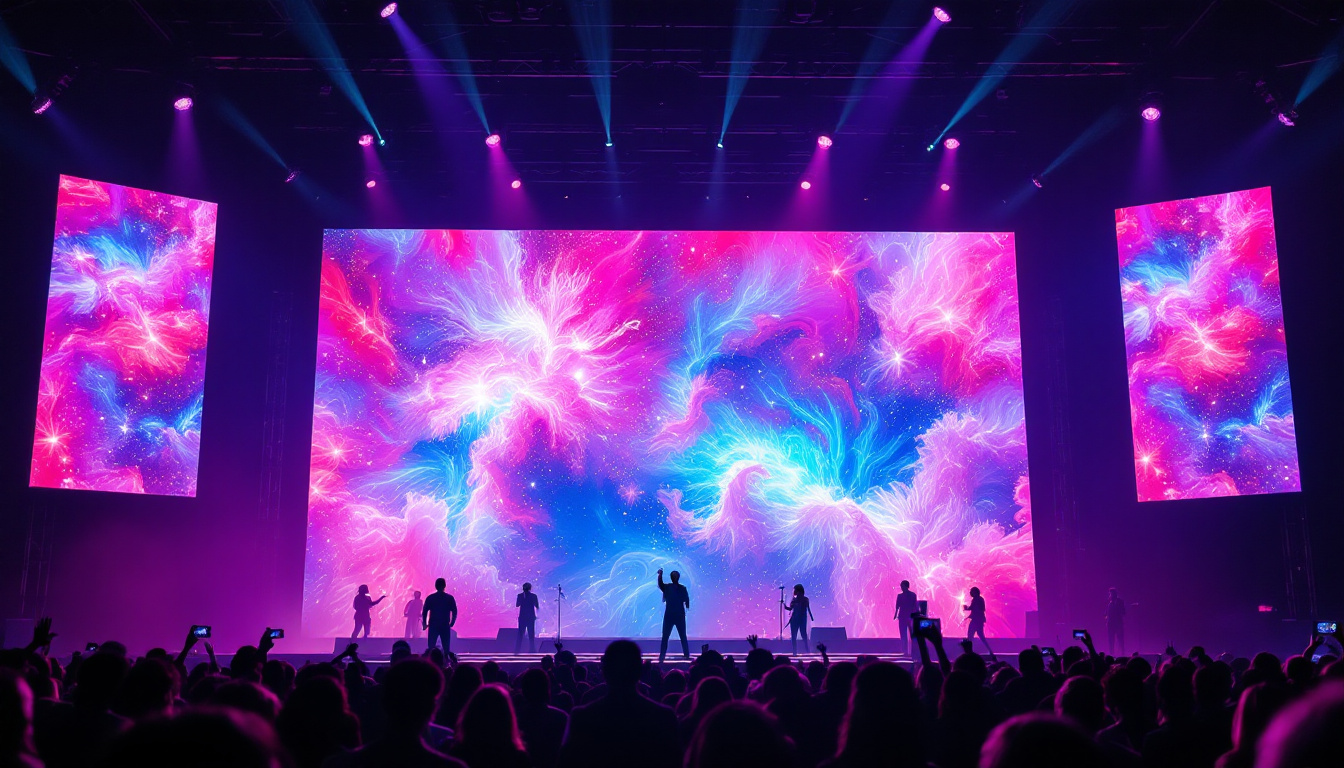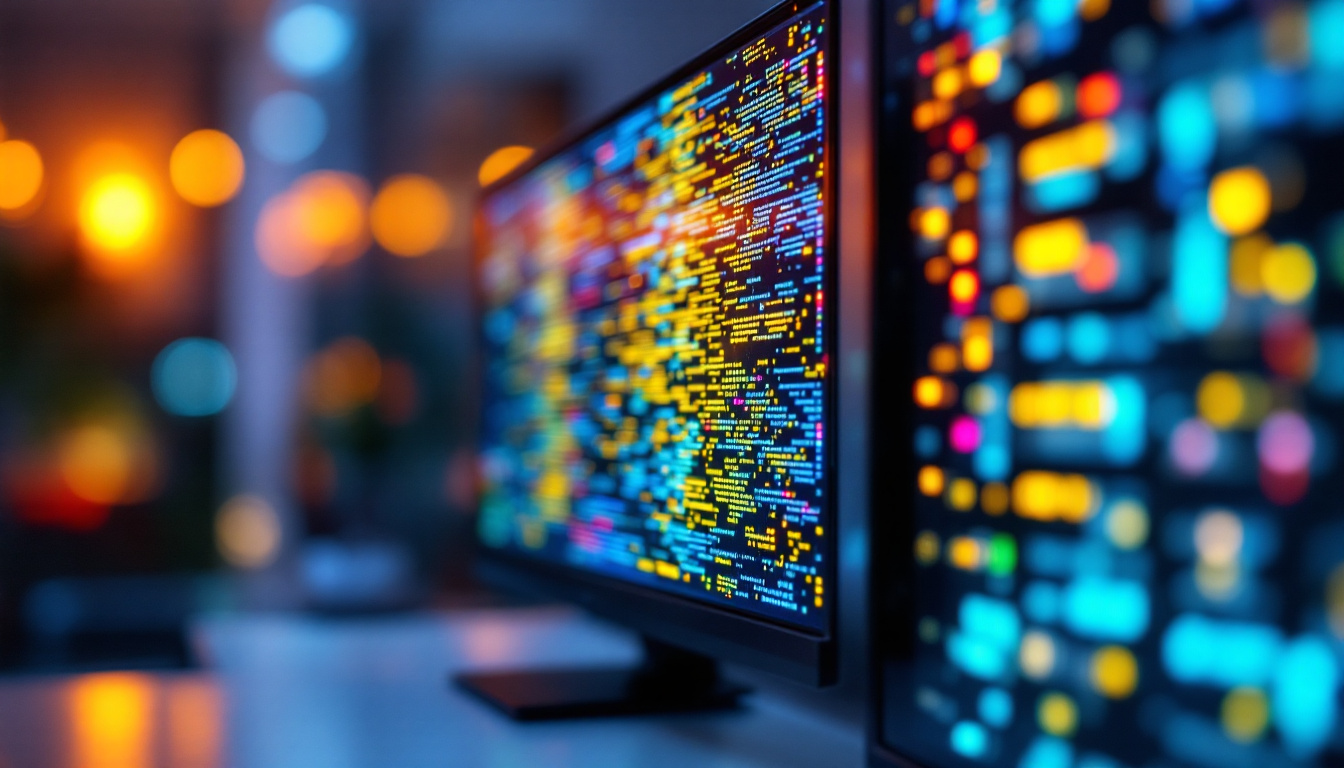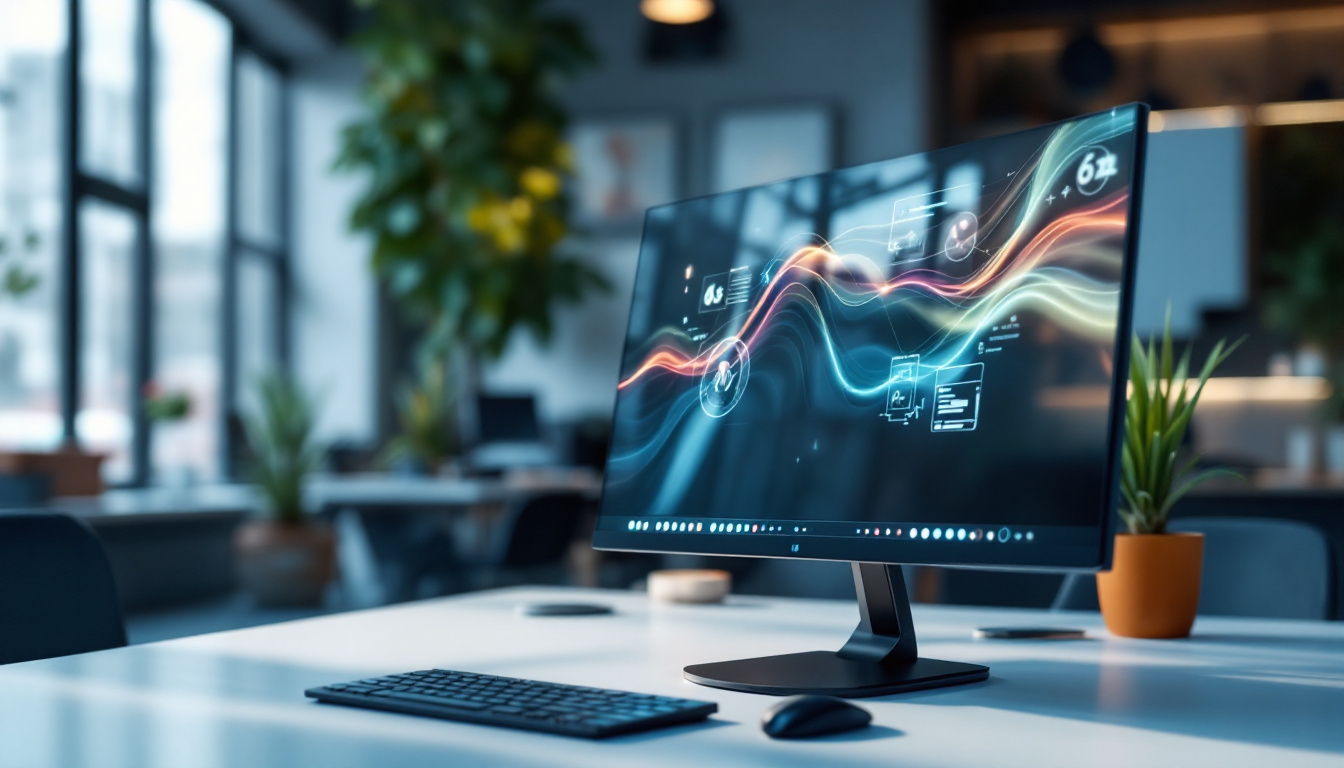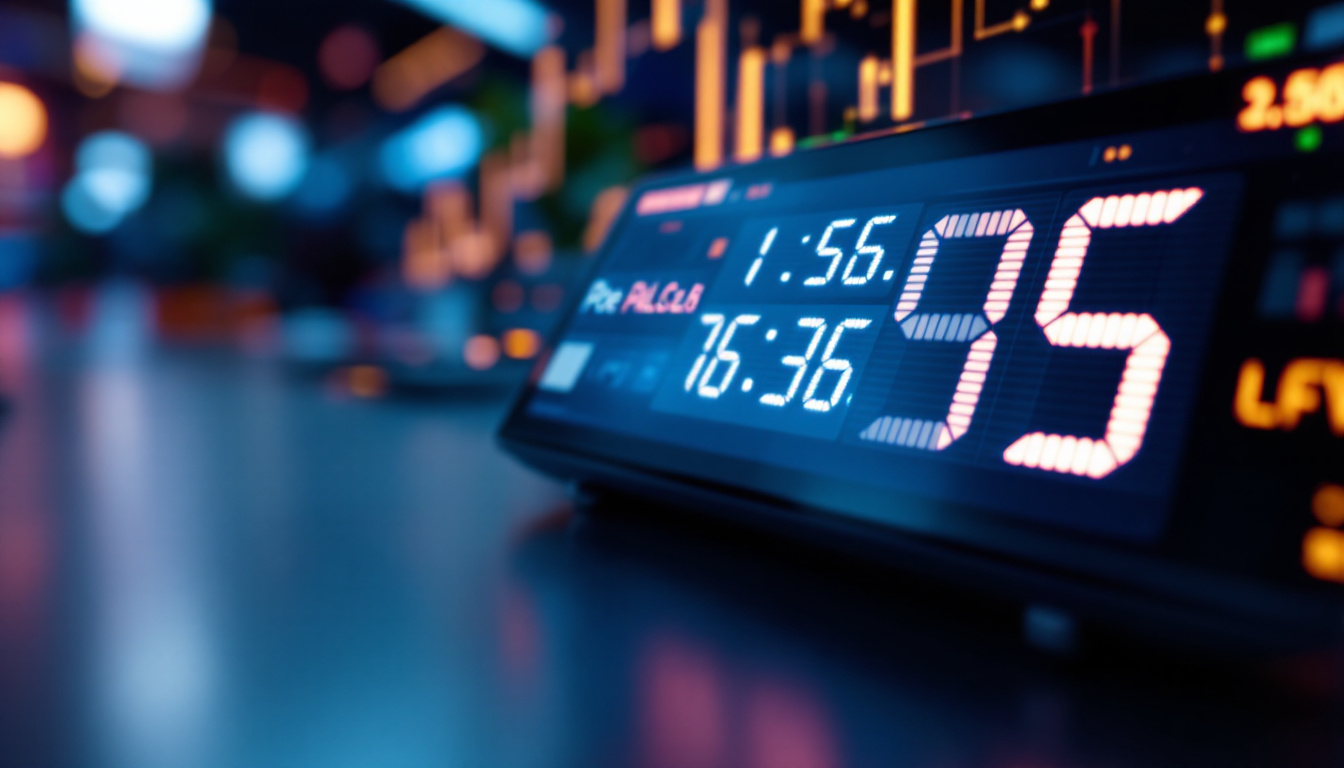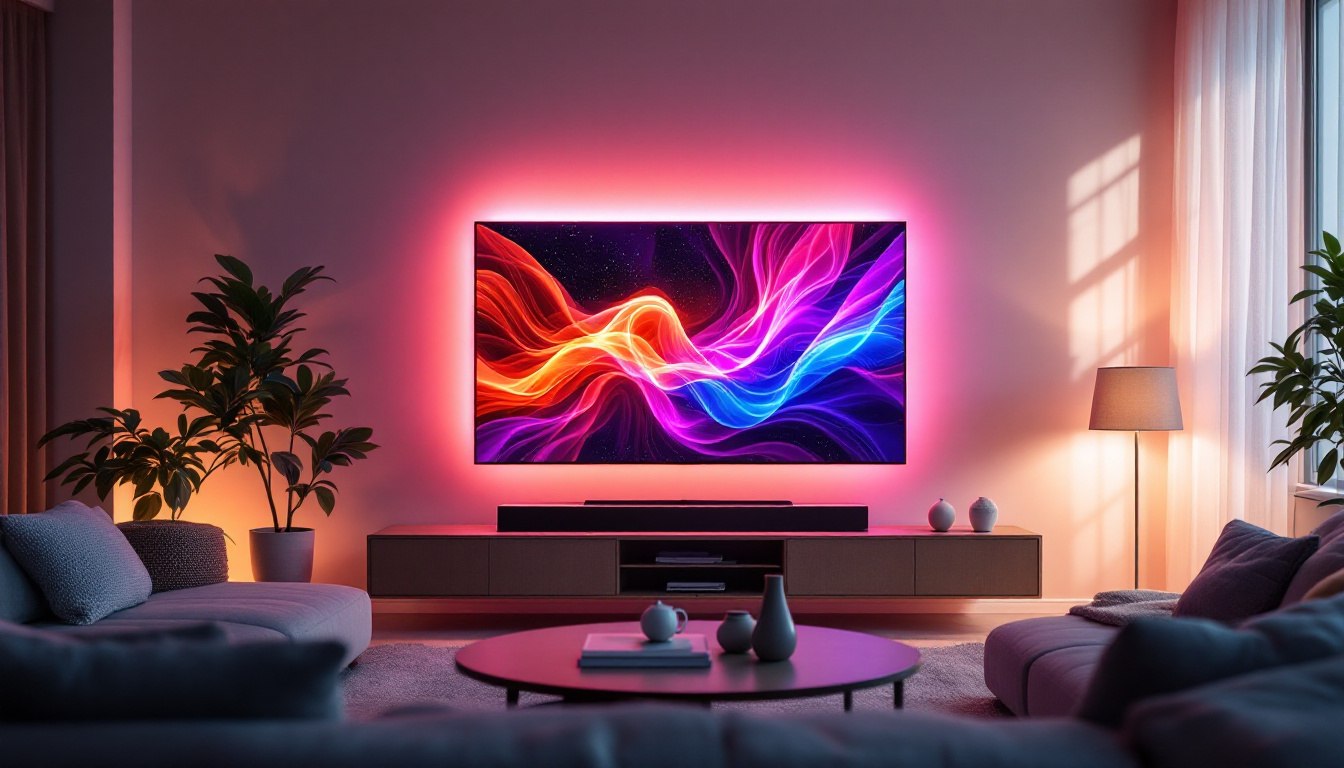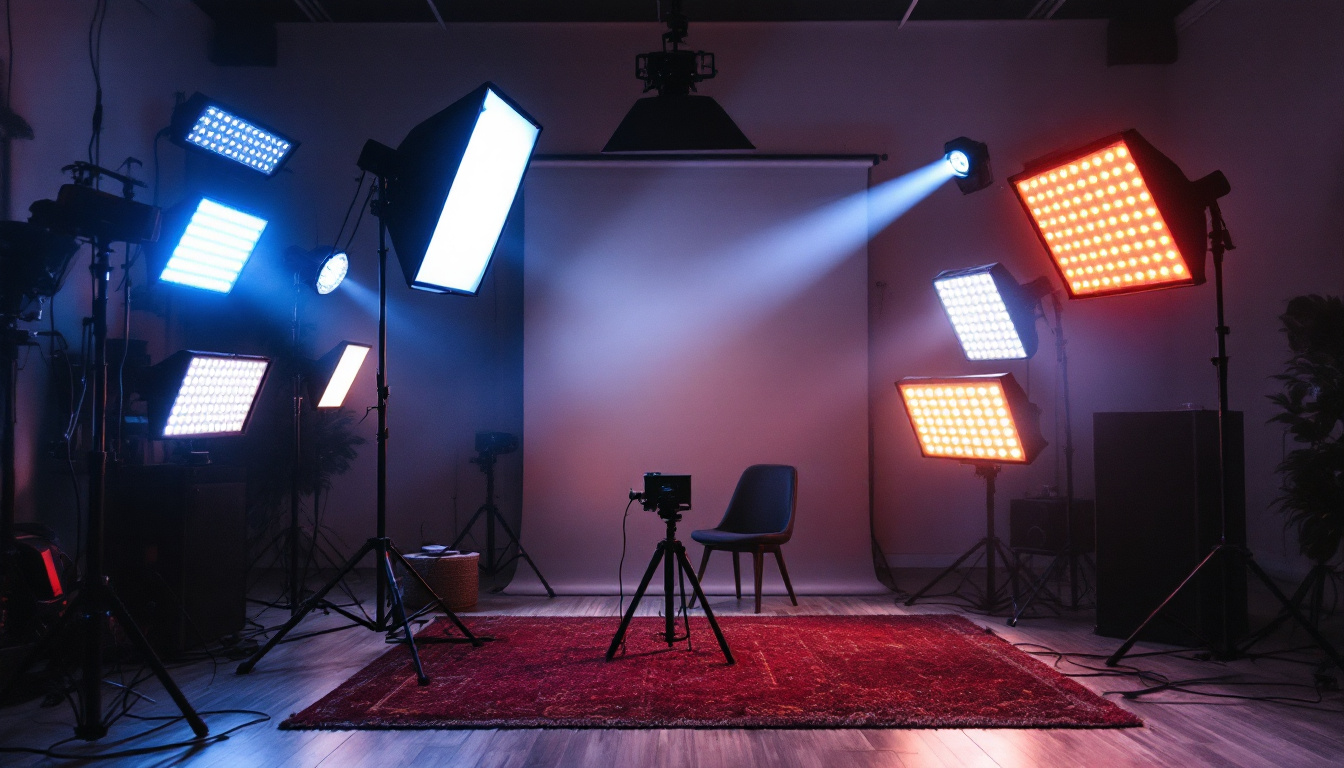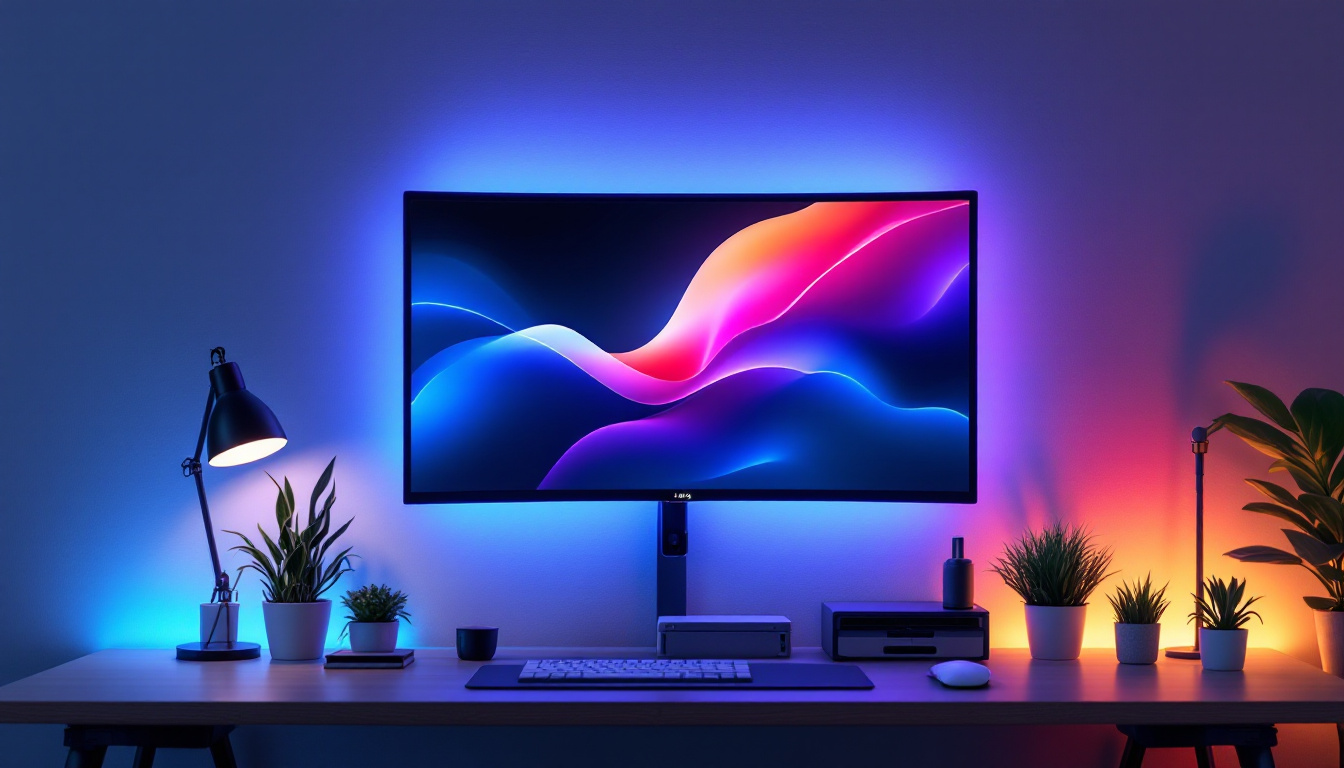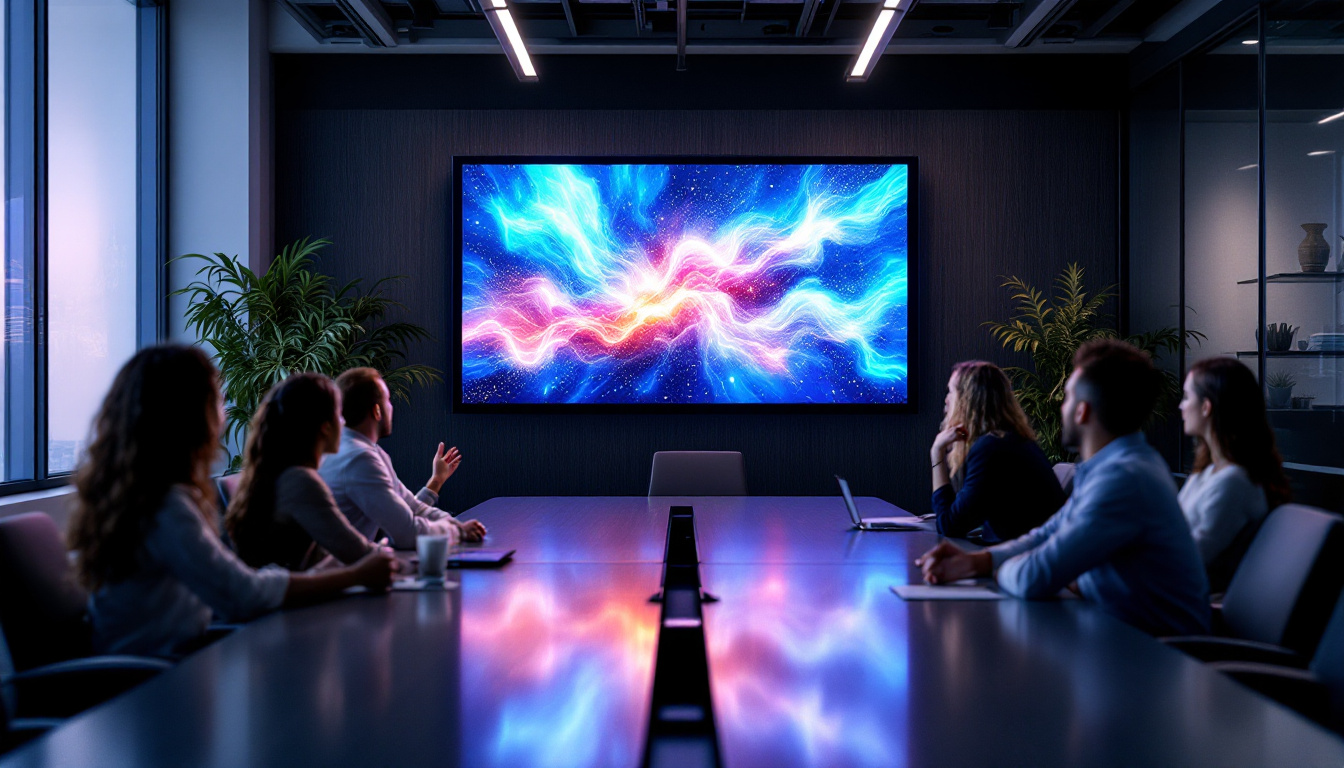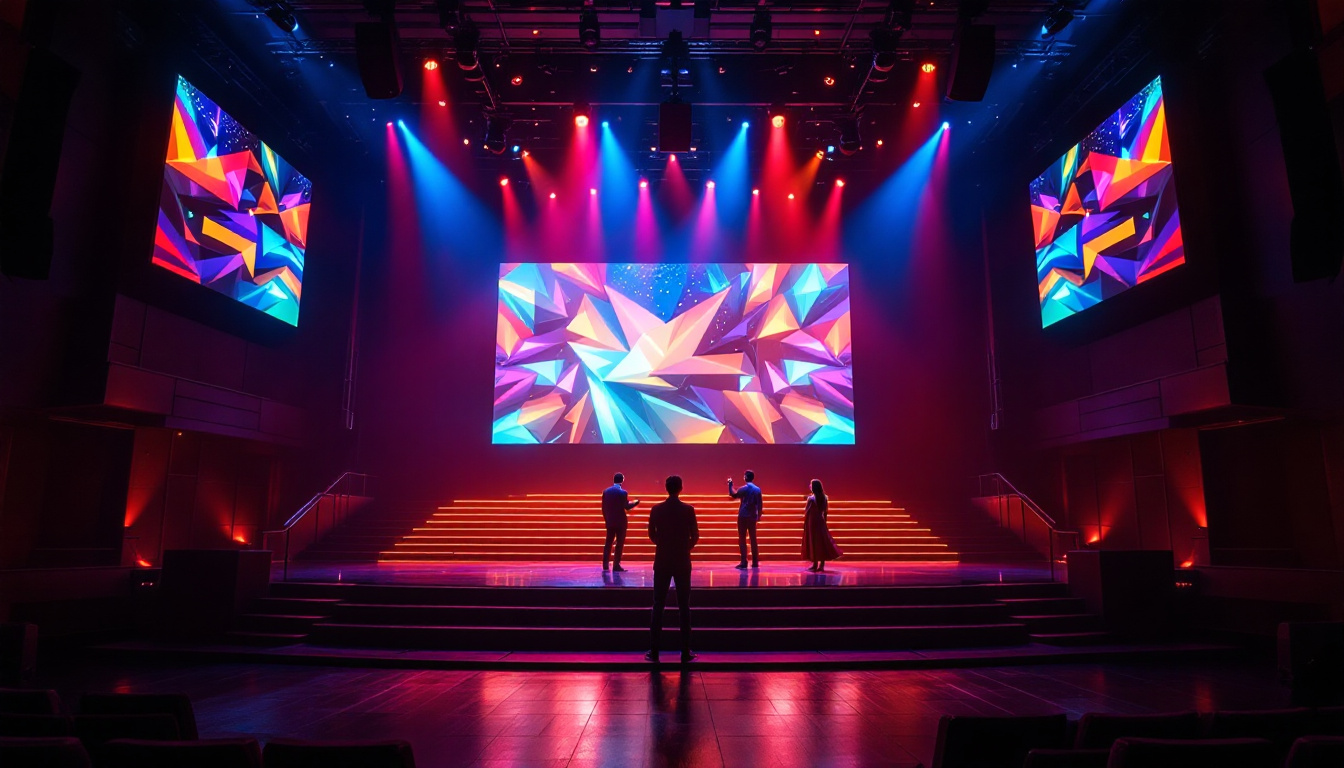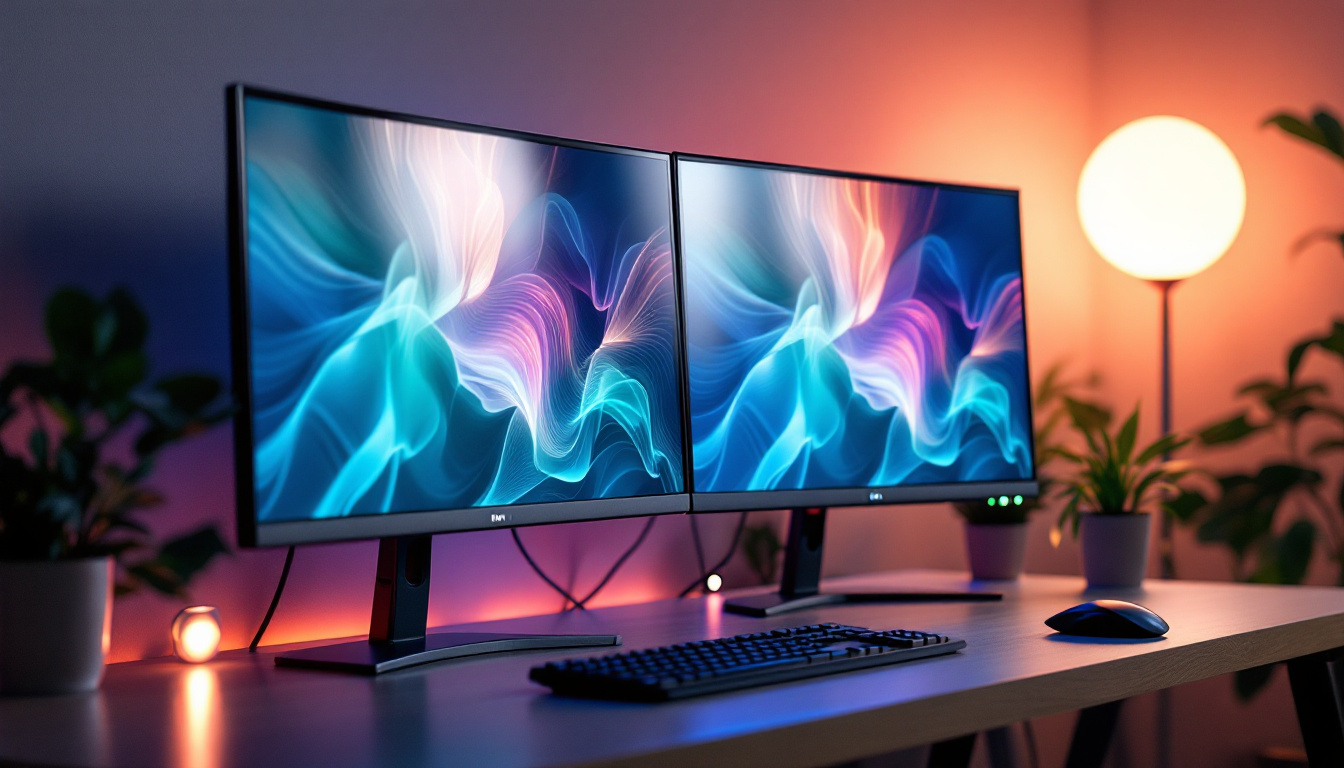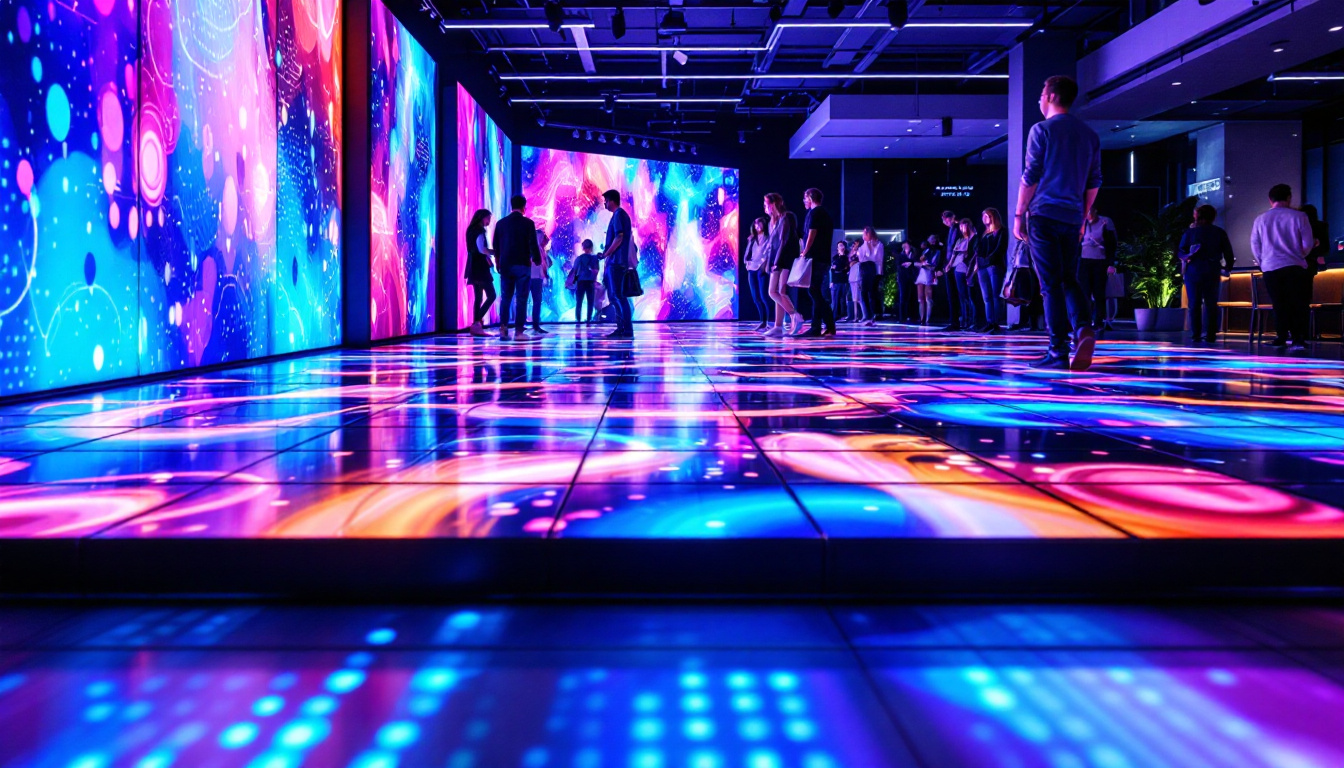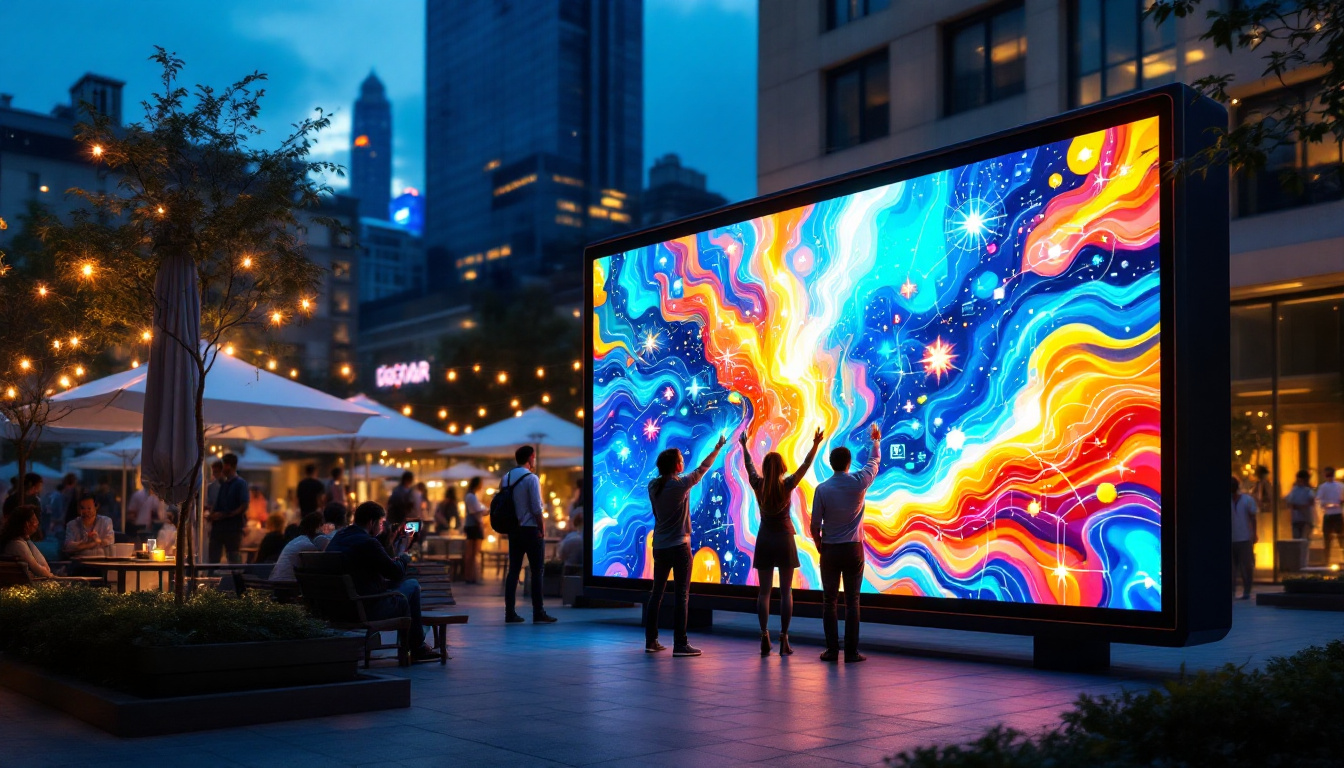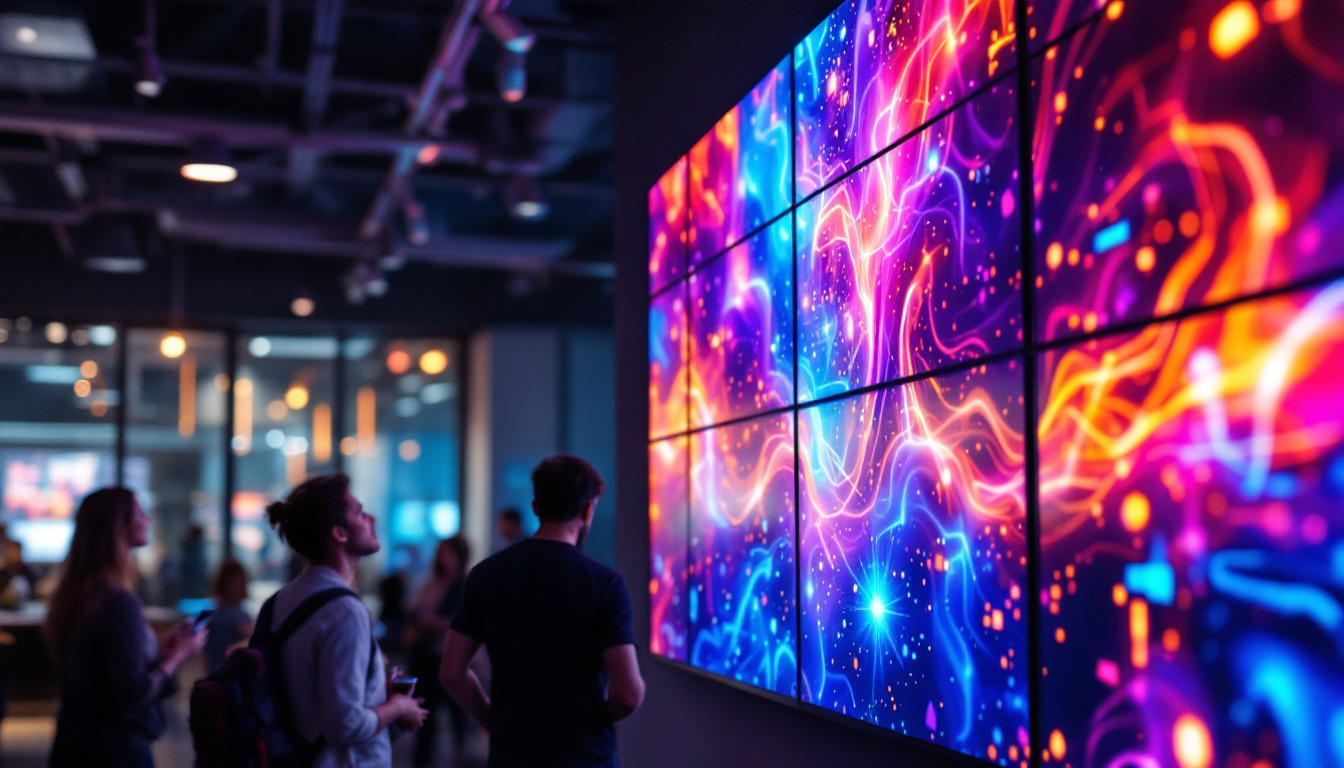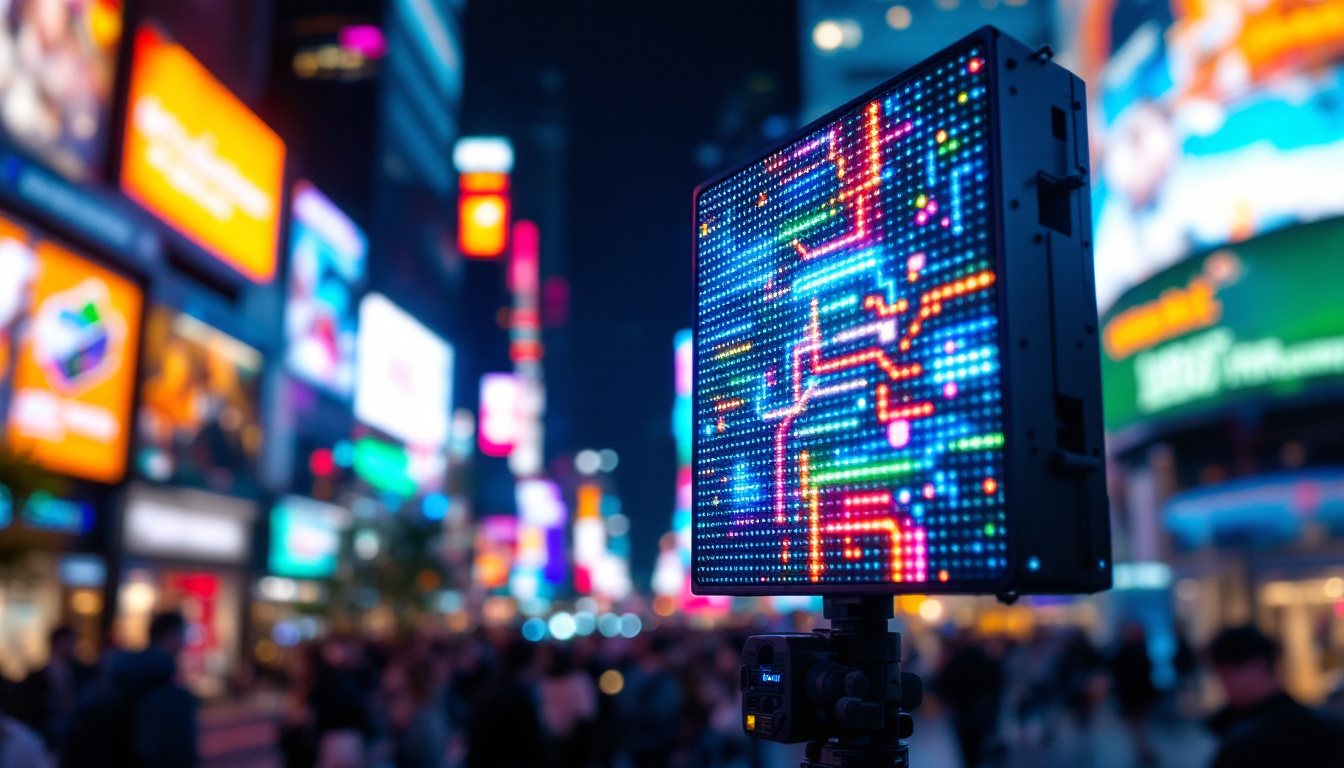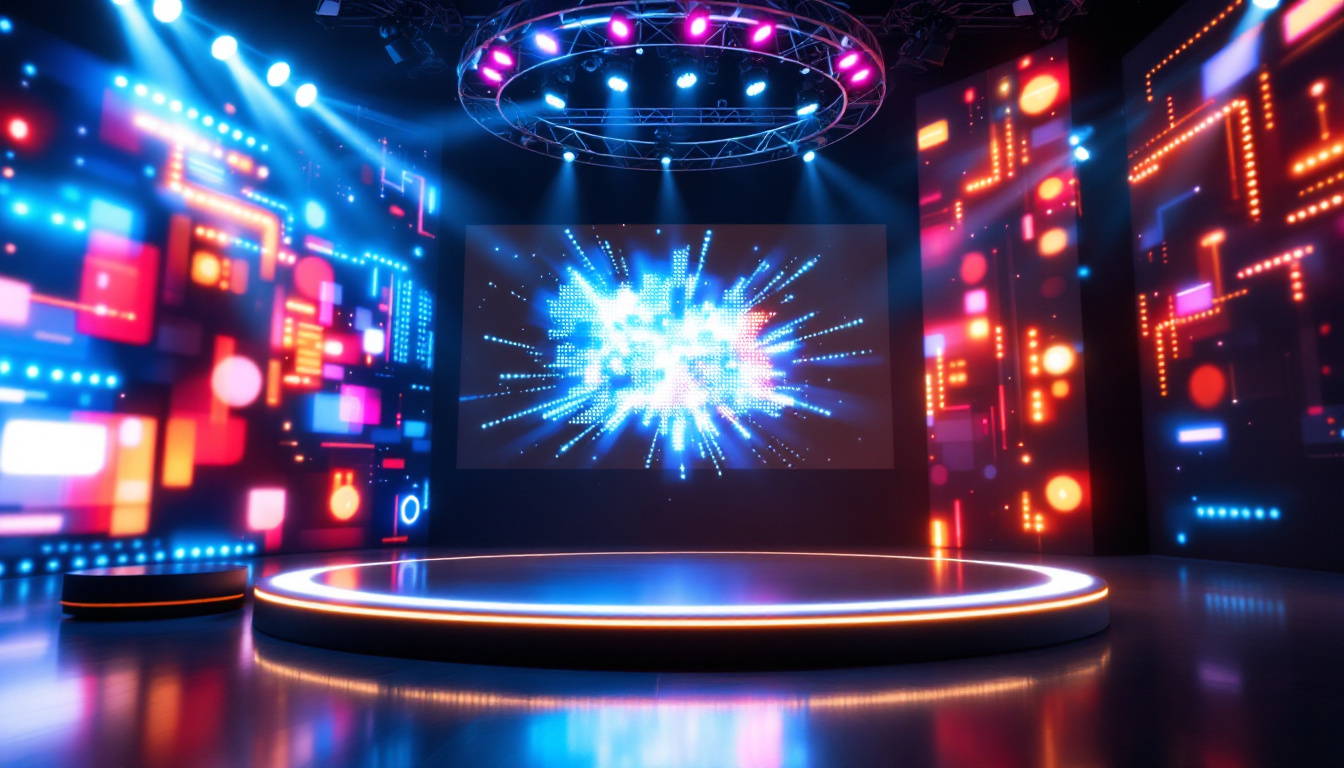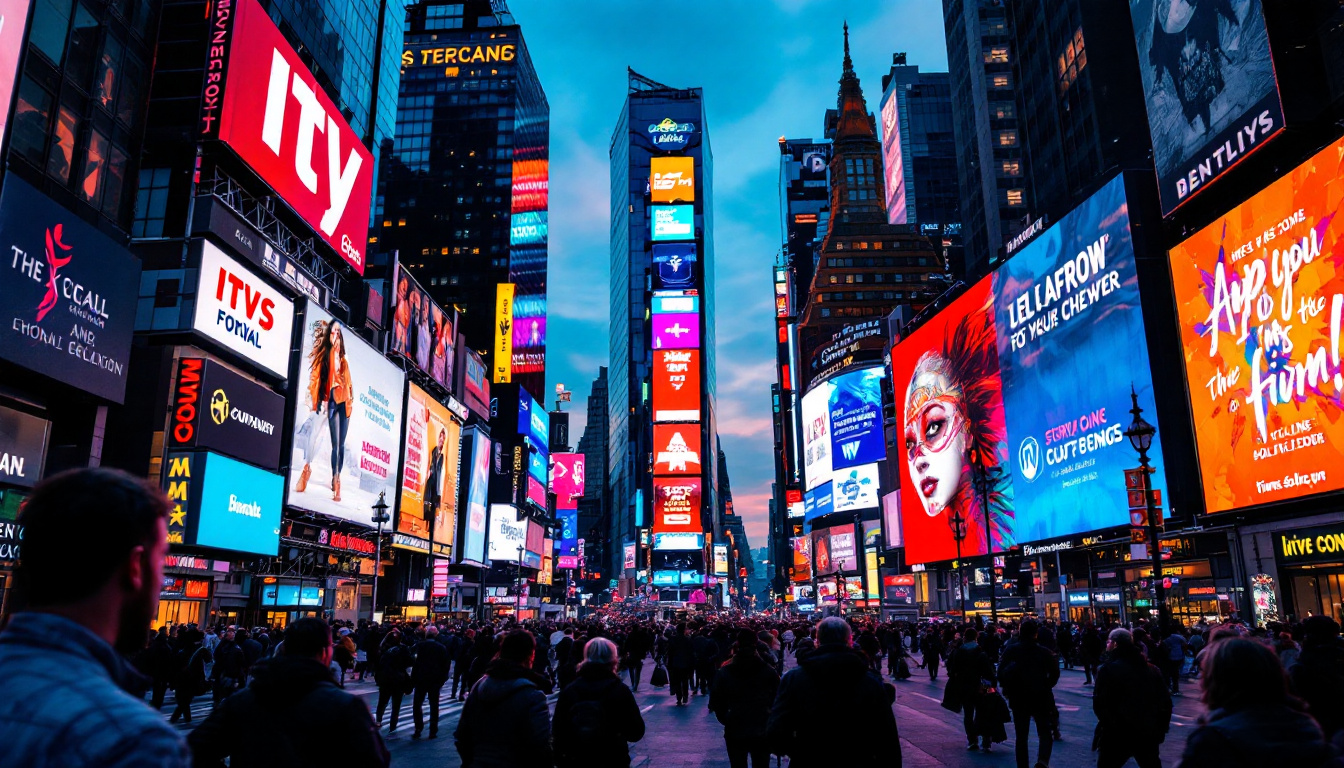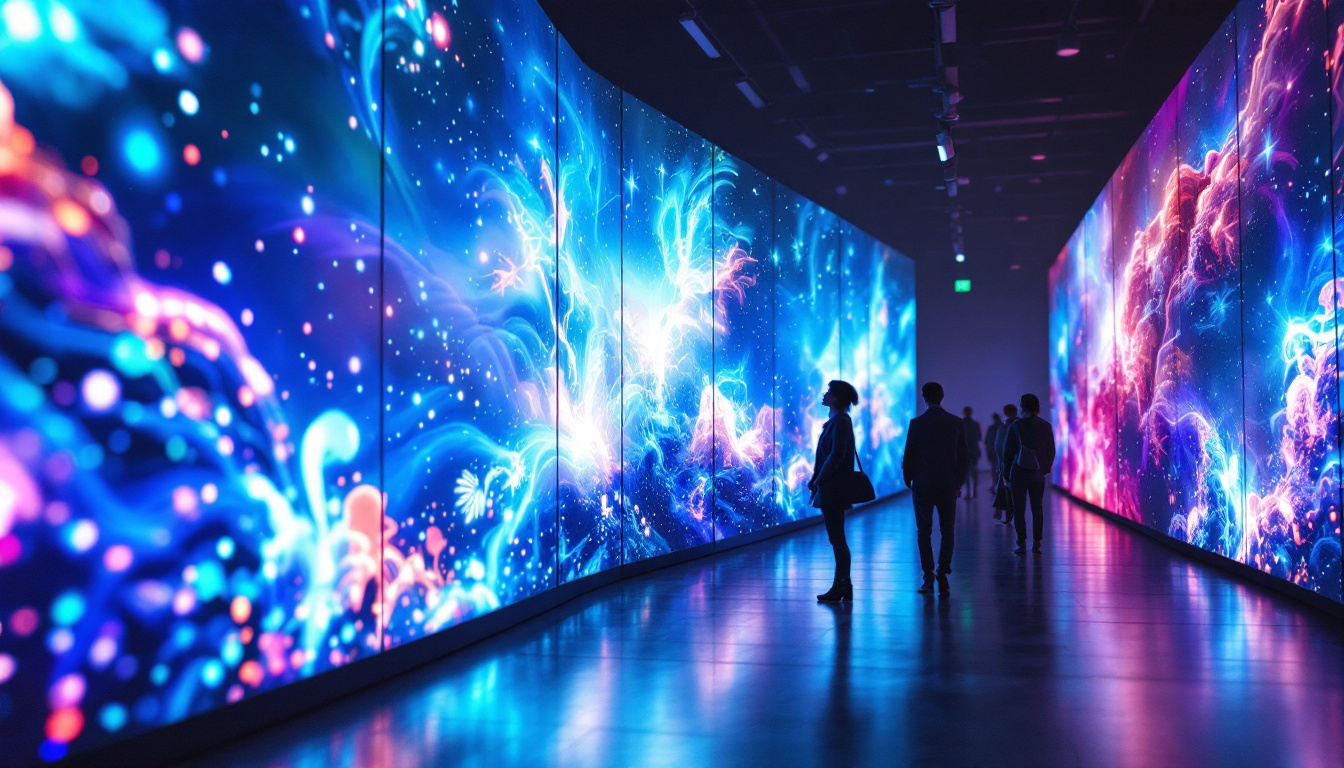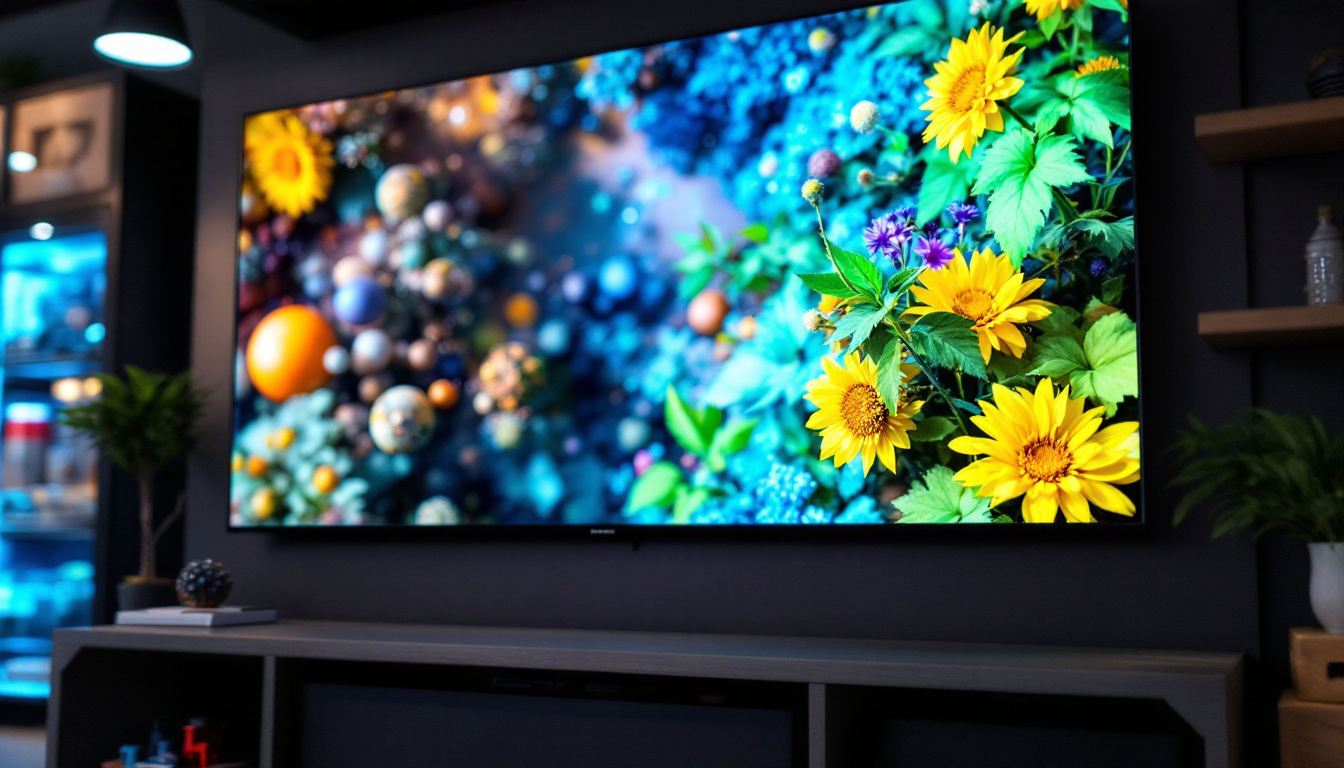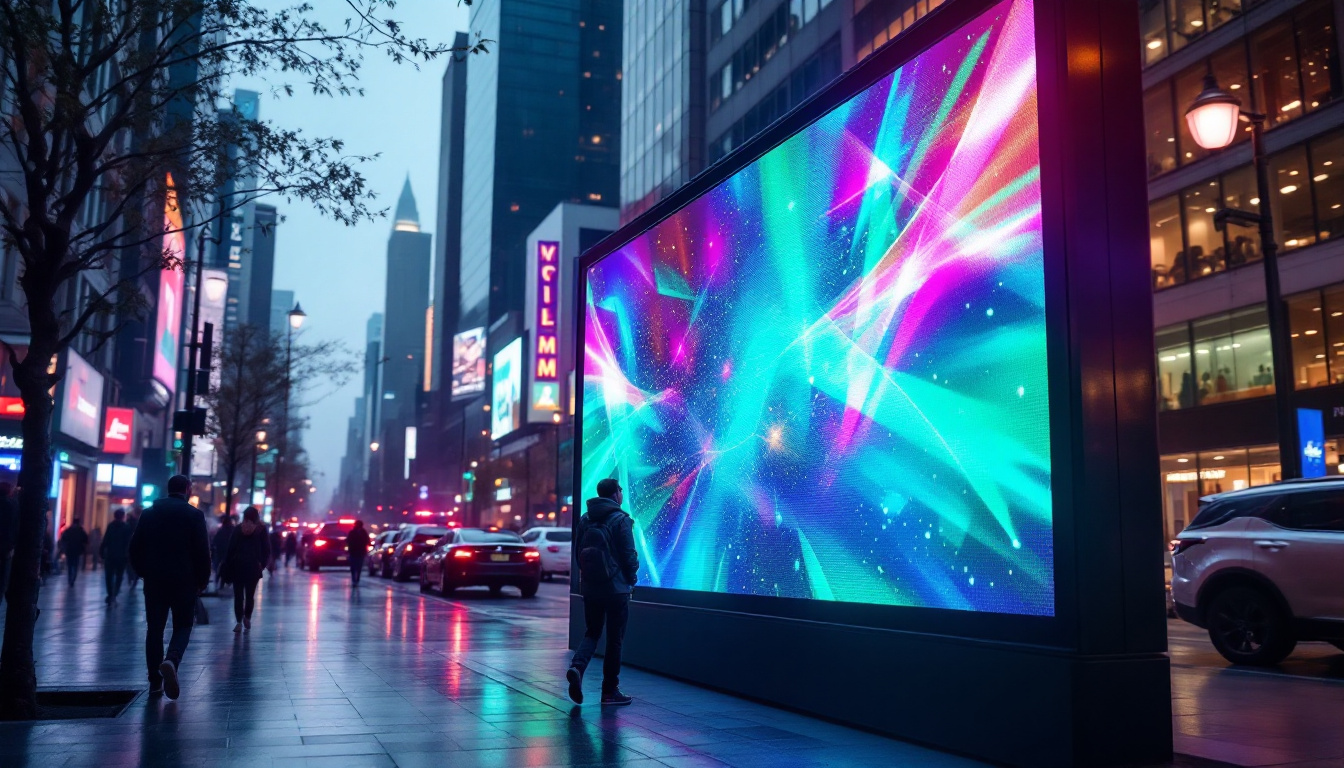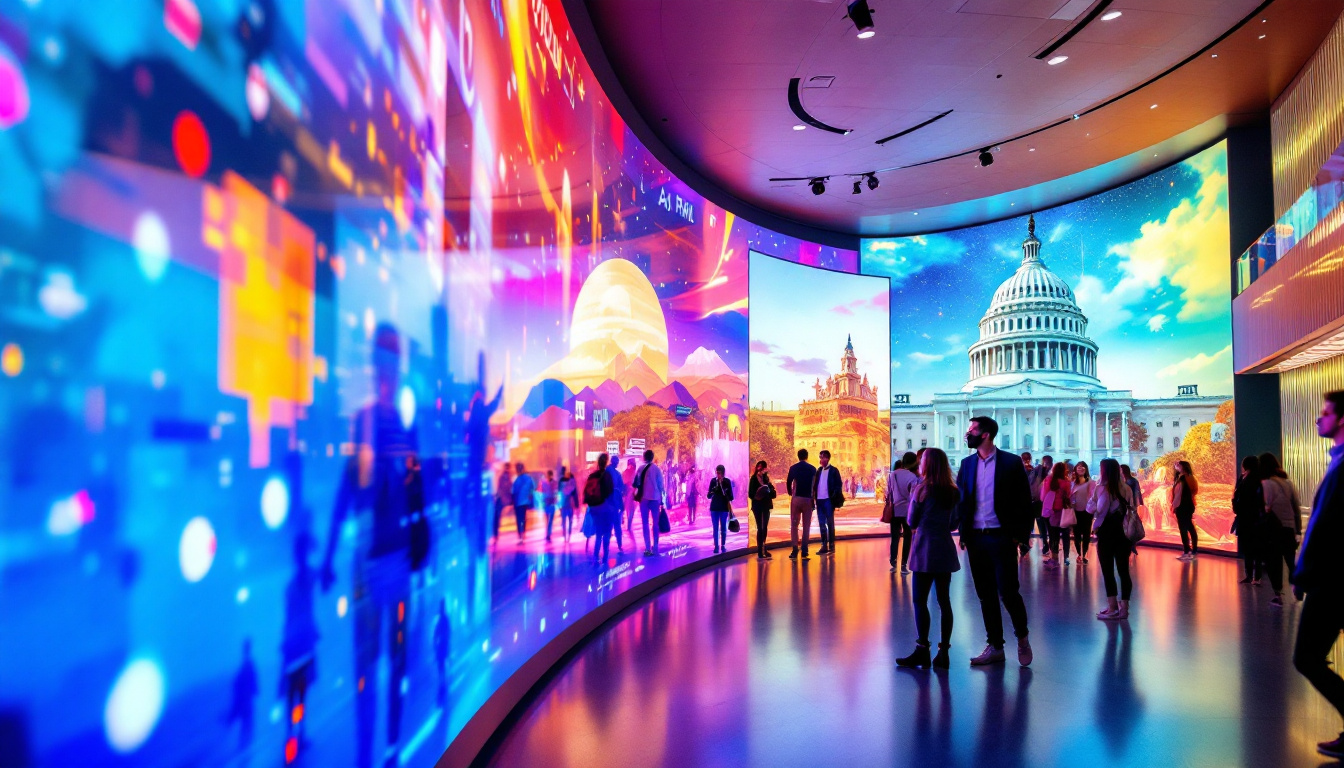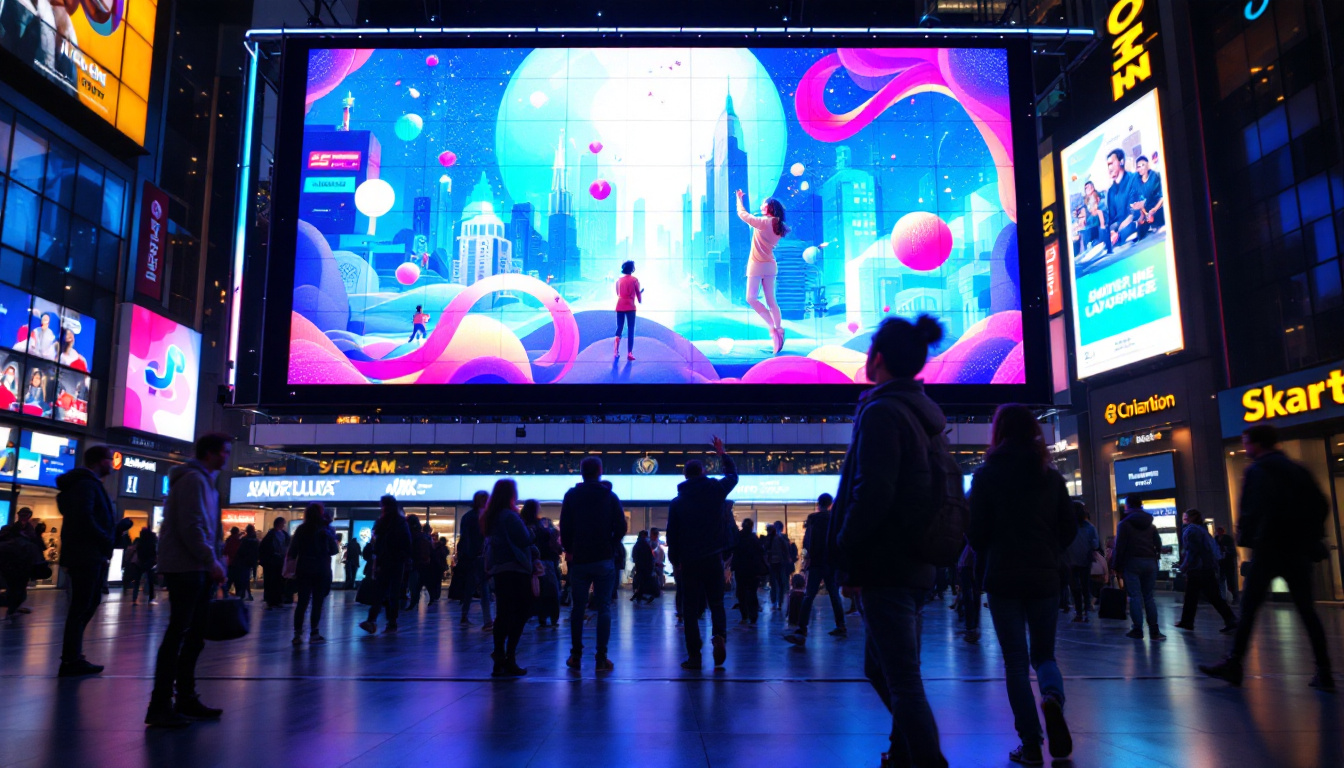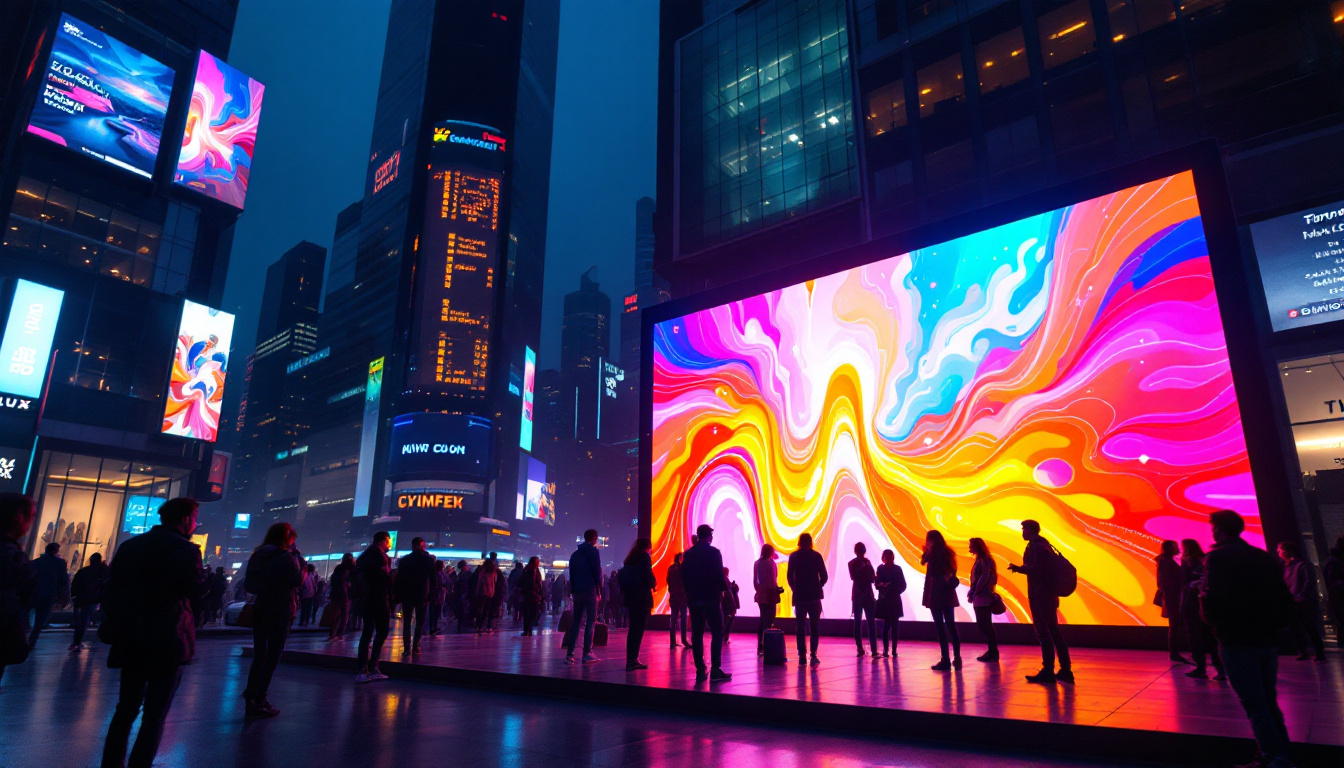In the world of visual technology, the black projection screen has emerged as a significant player, especially in conjunction with LED displays. This article delves into the intricacies of black projection screens, their benefits, and how they enhance the viewing experience when paired with LED technology.
Understanding Black Projection Screens
Black projection screens are designed to optimize contrast and color accuracy, making them a preferred choice for various settings, from home theaters to professional presentations. Unlike traditional white screens, black screens absorb ambient light, resulting in deeper blacks and more vibrant colors. This unique property not only enhances the viewing experience but also allows for greater flexibility in screen placement, as users can position their projectors in less-than-ideal lighting conditions without sacrificing image quality.
How Black Screens Work
The fundamental principle behind black projection screens lies in their ability to absorb light rather than reflect it. This characteristic is particularly beneficial in environments where controlling ambient light is challenging. By minimizing light reflection, these screens enhance the perceived contrast ratio, allowing for a more immersive viewing experience. The design of these screens often incorporates a matte finish that diffuses light evenly, preventing hotspots and ensuring that the image remains consistent across the entire surface.
Moreover, black projection screens often use specialized materials that enhance their light-absorbing properties. These materials can include advanced coatings and textures that further improve image quality, making them ideal for high-definition content. Some manufacturers even utilize a combination of different materials to create hybrid screens that can adapt to various lighting situations, offering versatility for both casual movie nights and professional presentations.
Advantages of Black Projection Screens
One of the primary advantages of black projection screens is their ability to improve contrast. In settings with significant ambient light, a white screen may wash out colors, leading to a dull viewing experience. Black screens counteract this by providing a deeper background, allowing colors to pop and images to appear more lifelike. This is particularly advantageous for cinematic experiences, where the depth of the image can significantly affect the emotional impact of the film.
Additionally, black screens are less prone to color distortion. This is particularly important for LED displays, which can sometimes struggle with color accuracy in brightly lit environments. The combination of a black screen and a high-quality LED display can result in stunning visuals that captivate audiences. Furthermore, these screens are often designed to be more durable and resistant to wear and tear, making them a long-lasting investment for both personal and commercial use. As technology advances, many black projection screens now come with features such as anti-glare surfaces and easy installation options, further enhancing their appeal to consumers.
LED Displays: A Brief Overview
LED displays have revolutionized the way visual content is presented. Utilizing light-emitting diodes, these displays offer superior brightness, energy efficiency, and longevity compared to traditional display technologies. Understanding the features and benefits of LED displays is essential for maximizing the potential of black projection screens.
Brightness and Clarity
One of the standout features of LED displays is their brightness. They can produce vibrant images even in well-lit environments, making them suitable for a variety of applications, from conference rooms to outdoor events. This high brightness level complements the capabilities of black projection screens, enhancing overall image quality.
Furthermore, LED displays provide exceptional clarity, ensuring that even the finest details are visible. This clarity is crucial when paired with black projection screens, as it allows viewers to appreciate the depth and richness of the content being displayed.
Energy Efficiency and Longevity
LED technology is known for its energy efficiency. Compared to traditional projection systems, LED displays consume significantly less power, making them a more sustainable choice. This efficiency not only reduces operational costs but also contributes to a lower environmental impact.
In addition to being energy-efficient, LED displays boast impressive longevity. With lifespans often exceeding 50,000 hours, they require less frequent replacements, making them a cost-effective investment for both home and commercial use.
The Synergy Between Black Projection Screens and LED Displays
The combination of black projection screens and LED displays creates a powerful synergy that enhances the overall viewing experience. When these technologies are used together, they capitalize on each other’s strengths, resulting in superior image quality and viewer engagement.
Enhanced Color Performance
One of the most significant benefits of pairing black projection screens with LED displays is the enhanced color performance. LED technology is capable of producing a wide color gamut, and when displayed on a black screen, these colors appear more vivid and true to life. This is particularly important for applications such as film screenings, art presentations, and gaming, where color accuracy is paramount.
The deep blacks provided by the screen allow for greater differentiation between colors, making it easier for viewers to appreciate the nuances of the content. This enhanced color performance can significantly elevate the impact of visual presentations.
Improved Viewing Angles
Another advantage of using black projection screens with LED displays is the improvement in viewing angles. Traditional white screens can suffer from color fading and loss of brightness when viewed from an angle. However, black screens, especially those designed with advanced materials, maintain their performance across a broader range of viewing angles.
This characteristic is particularly beneficial in settings where multiple viewers are present, such as classrooms, conference rooms, or home theaters. Everyone can enjoy a consistent and high-quality viewing experience, regardless of their position in the room.
Applications of Black Projection Screens with LED Displays
The versatility of black projection screens and LED displays makes them suitable for a wide range of applications. From entertainment to professional environments, their combined capabilities can transform any viewing experience.
Home Theaters
In home theater setups, the combination of a black projection screen and an LED display can create a cinematic experience that rivals commercial theaters. The enhanced contrast and color accuracy provided by the black screen allow for a more immersive viewing experience, making movie nights more enjoyable.
Moreover, the energy efficiency of LED displays means that homeowners can enjoy their favorite films without worrying about high electricity bills. This combination is particularly appealing to cinephiles who appreciate the finer details in film production.
Corporate Presentations
In corporate environments, effective presentations are crucial. Black projection screens paired with LED displays ensure that visuals are sharp, clear, and engaging. The improved color performance helps to convey messages more effectively, making it easier for audiences to grasp key points.
Additionally, the ability to maintain image quality from various angles allows for larger audiences to view presentations without compromising on clarity. This can enhance collaboration and communication during meetings and conferences.
Choosing the Right Black Projection Screen
When selecting a black projection screen to pair with an LED display, several factors should be considered to ensure optimal performance and compatibility.
Material and Texture
The material and texture of the black projection screen play a vital role in its performance. Some screens are designed with specific coatings that enhance light absorption and reduce glare. It’s essential to choose a screen that complements the brightness of the LED display to achieve the best results.
Additionally, the texture of the screen can impact viewing angles and color reproduction. A matte finish may be preferable in environments with ambient light, while a more reflective surface might be suitable for darker settings.
Size and Aspect Ratio
Choosing the right size and aspect ratio is crucial for achieving a seamless viewing experience. The screen should be appropriately sized for the space it will occupy, allowing viewers to appreciate the content without straining their eyes. Common aspect ratios include 16:9 for widescreen formats and 4:3 for traditional presentations.
It’s advisable to measure the distance from the screen to the viewers and select a size that ensures everyone can see the content clearly. This consideration is particularly important in larger venues, where image quality can diminish with distance.
Installation and Maintenance Tips
Installing a black projection screen requires careful planning to ensure optimal performance. Proper installation can significantly impact the viewing experience, while regular maintenance helps to prolong the lifespan of both the screen and the LED display.
Installation Guidelines
When installing a black projection screen, it’s essential to consider the room’s lighting conditions. Ideally, the screen should be positioned to minimize ambient light interference. This may involve selecting a location that allows for controlled lighting or using blackout curtains to enhance the viewing experience.
Additionally, ensuring that the screen is mounted at the correct height and angle can enhance visibility and comfort for viewers. A professional installation may be beneficial, especially in larger setups where precision is critical.
Regular Maintenance
Maintaining a black projection screen involves regular cleaning and inspection. Dust and dirt can accumulate on the surface, affecting image quality. Using a soft, lint-free cloth and a gentle cleaning solution can help keep the screen in optimal condition.
It’s also advisable to periodically check the mounting hardware and ensure that the screen remains securely in place. This proactive approach can prevent potential issues and extend the lifespan of both the screen and the LED display.
Conclusion
The integration of black projection screens with LED displays represents a significant advancement in visual technology. By understanding the benefits and applications of these technologies, users can make informed decisions that enhance their viewing experiences.
Whether for home theaters, corporate presentations, or educational settings, the combination of black projection screens and LED displays offers a powerful solution for delivering stunning visuals. By choosing the right screen and taking care of installation and maintenance, users can enjoy the full potential of this dynamic duo.
Discover LumenMatrix’s Advanced LED Display Solutions
Ready to elevate your visual experience with the synergy of black projection screens and LED displays? LumenMatrix, a pioneer in LED display technology, offers an extensive range of solutions tailored to your needs. From captivating Indoor and Outdoor LED Wall Displays to innovative Custom and All-in-One LED Displays, LumenMatrix is committed to transforming your visual communication. Embrace the future of display technology and check out LumenMatrix LED Display Solutions today to create unforgettable visual experiences that engage and inspire.

